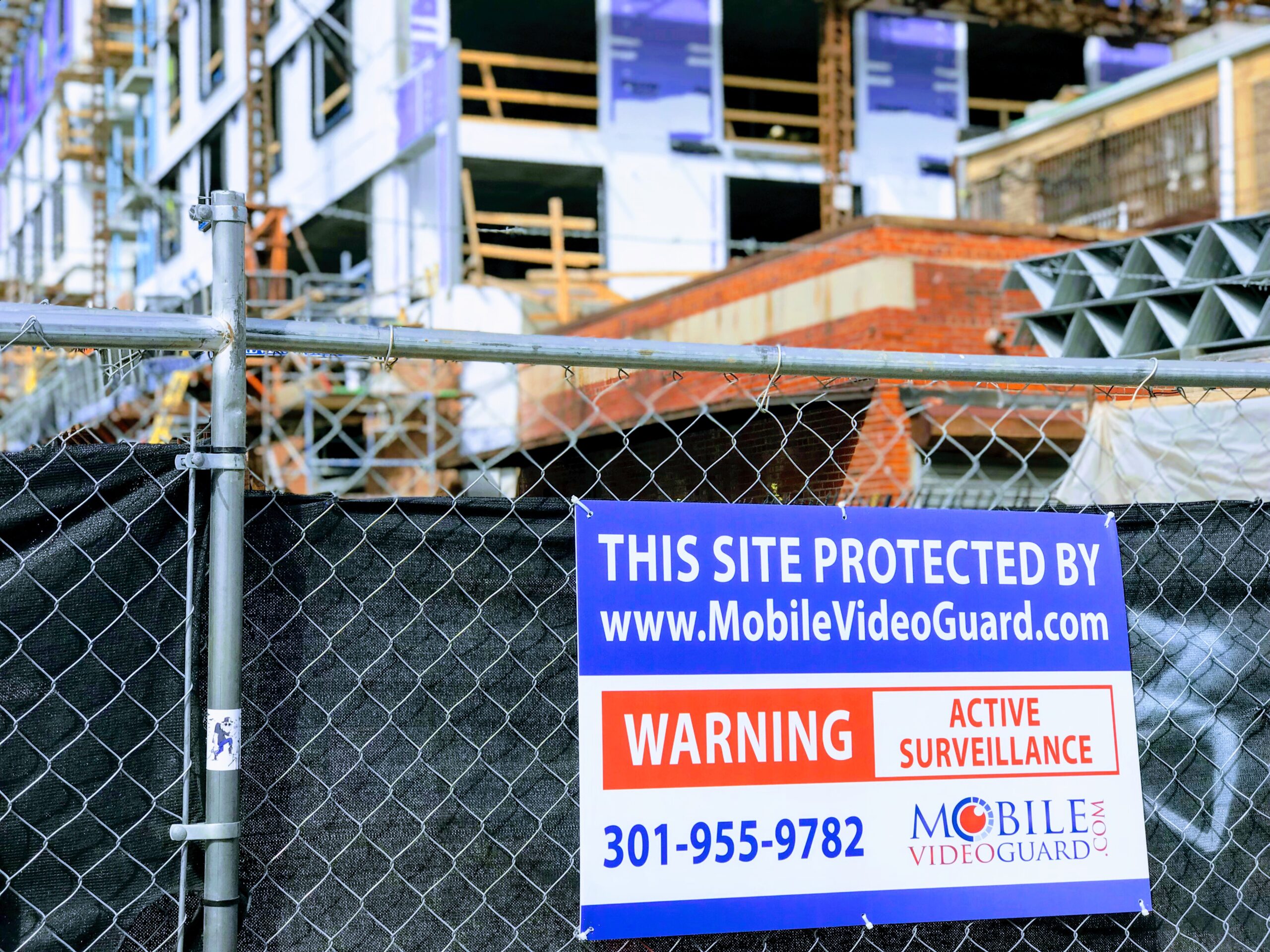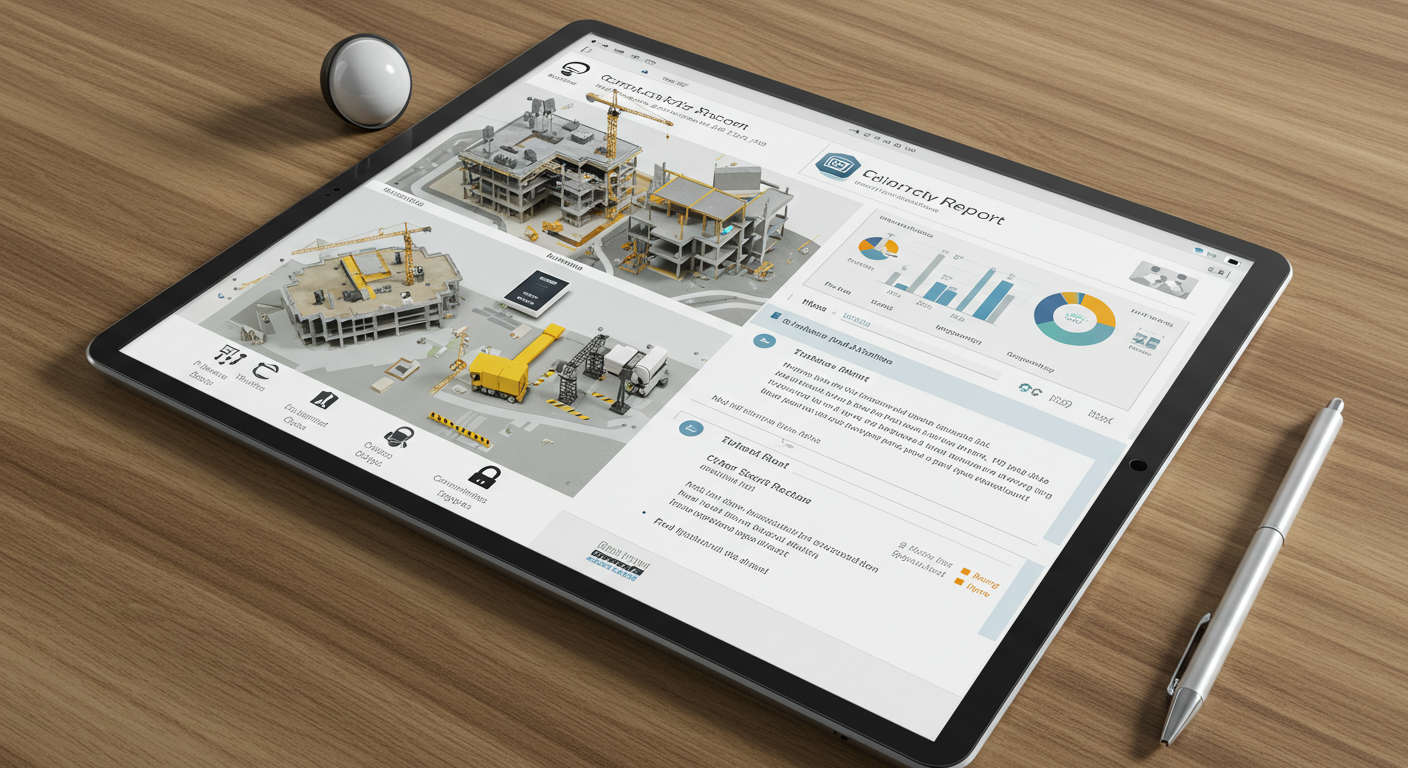Surveillance monitoring is a key component of public utility safety

Of the many facilities that require security, probably the most crucial are public power utilities. The physical infrastructure of these facilities – generators, poles, substations, wires, and transformers – represent the lifeblood of their communities, which makes them the primary targets for bad actors. Any interruption in service can spell disaster for everyone from parents caring for a newborn to mom-and-pop business owners to the federal government.
As criminals become savvier at both physical and cyber attacks, a robust security plan is essential to the safe management of any public utility. Here are some recommendations for creating the most secure environment possible.
Understand potential threats
The U.S. electric grid is a massive system with over 7,300 power plants, 160,000 miles of high-voltage power lines, and millions of miles of low-voltage lines, not to mention transformers and substations peppered along the way. And demand is only expected to grow—after a 1% pandemic dip in 2020, the global thirst for electricity is expected to rise 4% this year.
The security needs for these facilities can include many individual substations, each with its own set of locks, fences, and cameras. In addition, these sites are often located in remote areas, making them easier to attack without attracting attention.
A handful of examples include:
- In April of 2013, snipers attacked a PG&E substation in Metcalf, California, cutting fiber-optic phone lines and firing over 100 rounds of ammunition into the radiators of 17 transformers. This disrupted service to local neighborhoods and caused thousands of gallons of oil to leak and electronics to overheat and shut down. The assault took just under 20 minutes yet produced $15 million in damage.
- In August of 2013, a self-employed pool cleaner scaled a 100-ft tower in Cabot, Arkansas and severed a power line, which was later hit by a passing train, causing local outages and over $100,000 in damage. His intent had been to knock the tower itself over, a far more dangerous scenario with far more dire consequences.
- In July of 2020, a DJI Mavic 2 drone came dangerously close to successfully attacking a Pennsylvania power substation. It carried two nylon ropes with thick copper wire at the ends, which would likely have cut power by creating a short circuit. Although the drone crashed before reaching its target, it had no memory card, onboard camera, or any identifiable markings whatsoever, leaving its owner and exact intent a mystery to authorities.
Stories like these are potent reminders of the need to take security threats seriously and to have a plan in place to combat them.
Protect the perimeter
The best way to protect a public utility from attack is to secure its perimeter. Here are a handful of tools to keep intruders out.
- Perimeter barriers, which include walls, fences, motion detectors, and tripwires.
- Acoustic and microwave sensors on fiber optic cables or fences create invisible barriers that sound an alarm when broken.
- Graphic maps integrate detection zones with video surveillance systems to show the location of breaches. This allows guards to see what’s happening on the ground and plan their response.
- Access control protocols that protect doors and gates prevent hackers from intercepting signals and creating fake work badges and keycards.
- Monitored video surveillance ensures that there are careful eyes on your most valued assets at all times.
When you prevent vandals from reaching their target in the first place, you make it that much easier to maintain a safe, reliable public utility and protect your community.
Have spare equipment at the ready
If criminals were to infiltrate your facility and make off with vital equipment needed to keep your community powered and safe, it helps to know that your fellow utilities have your back. Many electric companies have long been members of equipment sharing programs, including:
- The Spare Transformer Equipment Program (STEP), which lets participating utilities share assets if a transformer is destroyed, providing access to resources that would be difficult for a single utility to maintain on its own;
- SpareConnect, an online platform that allows owners and operators to share a variety of equipment, including everything from transformers to bushings and fans;
- Grid Assurance, which provides access to critical replacement equipment that supports the transmission grid using a network of secure warehouses and transportation plans in case of emergencies.
Beware of cyberattacks
Although it’s essential to protect your physical plant, utility safety must include a robust cybersecurity plan, as well. Domestic and foreign hackers alike understand the high value of utilities to the U.S. economy and have stepped up efforts to disrupt or disable them.
In 2021, phishing attacks made up the majority of cyberattacks. They also have grown to be more sophisticated and more automated, making them more difficult to predict.
Key cybersecurity precautions should include:
- Regularly update software, firmware, firewalls, and passwords on servers, cameras, and access readers.
- Require multi-factor authentication in addition to traditional passwords.
- Set up frequent system backups and audit logs.
A comprehensive risk management plan should protect both physical and digital assets, making sure your network stays up and running.
Set up monitored video surveillance
A network of state-of-the-art cameras and sensors is crucial to a secure and reliable public utility. It deters crime, provides the invaluable element of human eyes on the ground, and creates peace of mind for workers and customers.
Once monitored cameras are installed and visible, criminals will think twice before attacking your facility. Add signage telling would-be invaders that their every move is being watched and transmitted to local law enforcement, and you have an even more powerful deterrent. Trained surveillance agents observing the action can speak directly to trespassers and local authorities.
An additional benefit of monitored video surveillance is a sense of personal security for plant workers. With public utilities increasingly becoming targets of domestic terrorism, knowing that someone has their backs can give your team peace of mind as they do their part to keep the lights on and electricity flowing.
Get started today
A complete security program for any public utility includes perimeter protection, access control, cybersecurity, and monitored video surveillance. These tools will ensure that critical infrastructure has the best possible protection from potential threats.
Mobile Video Guard can be a valuable partner in the safety of your community’s power grid. We’ll help put cameras where they’re needed most, and our off-site security team will monitor your facility and flag potential dangers before they become a reality. Contact us today to get started with a free quote.



